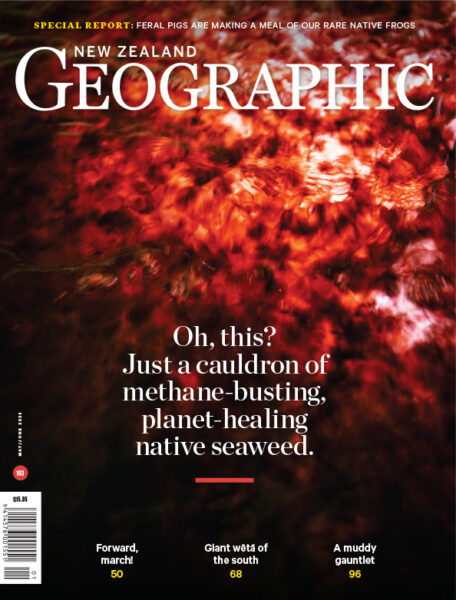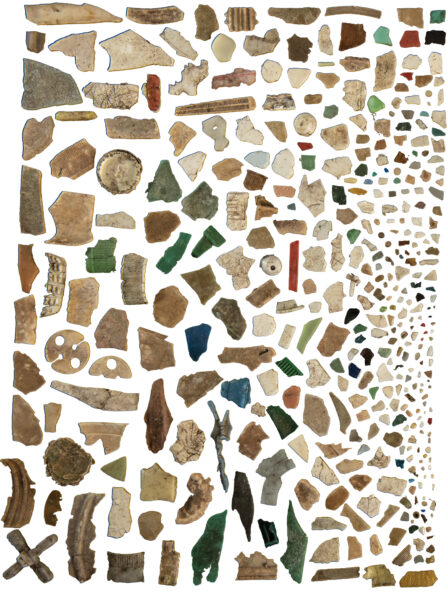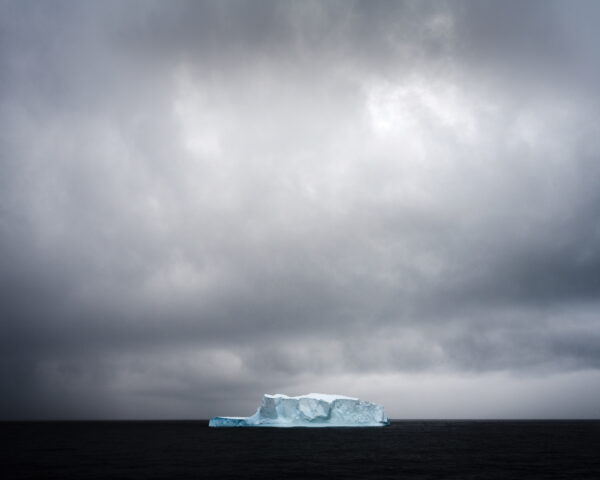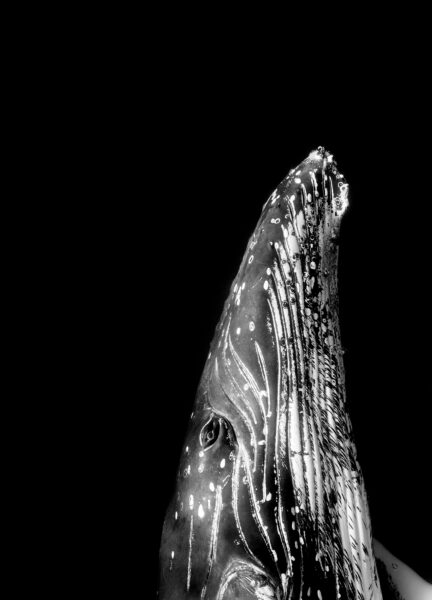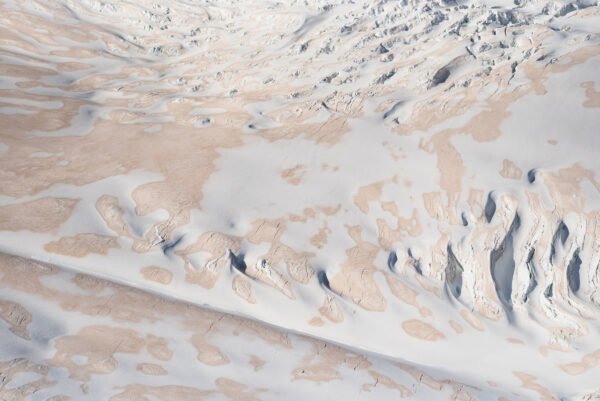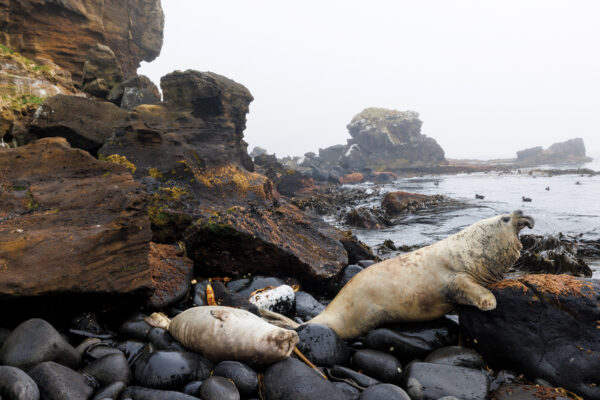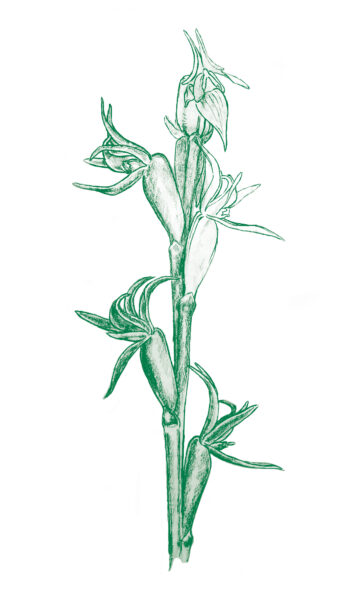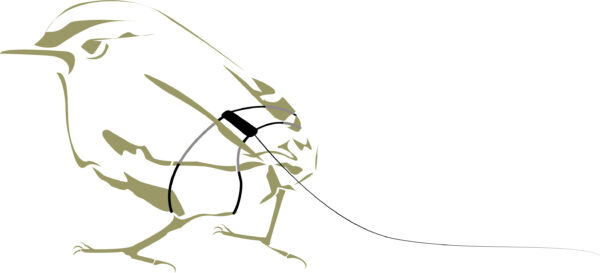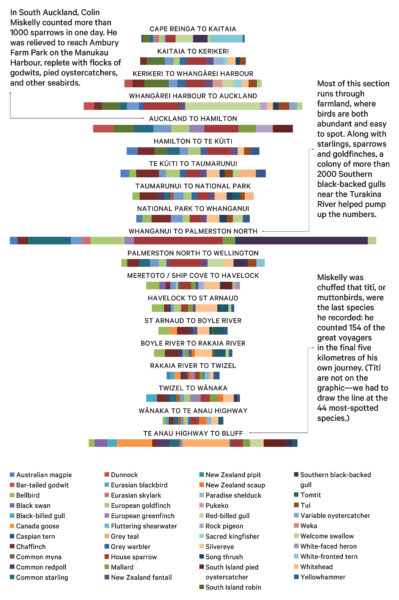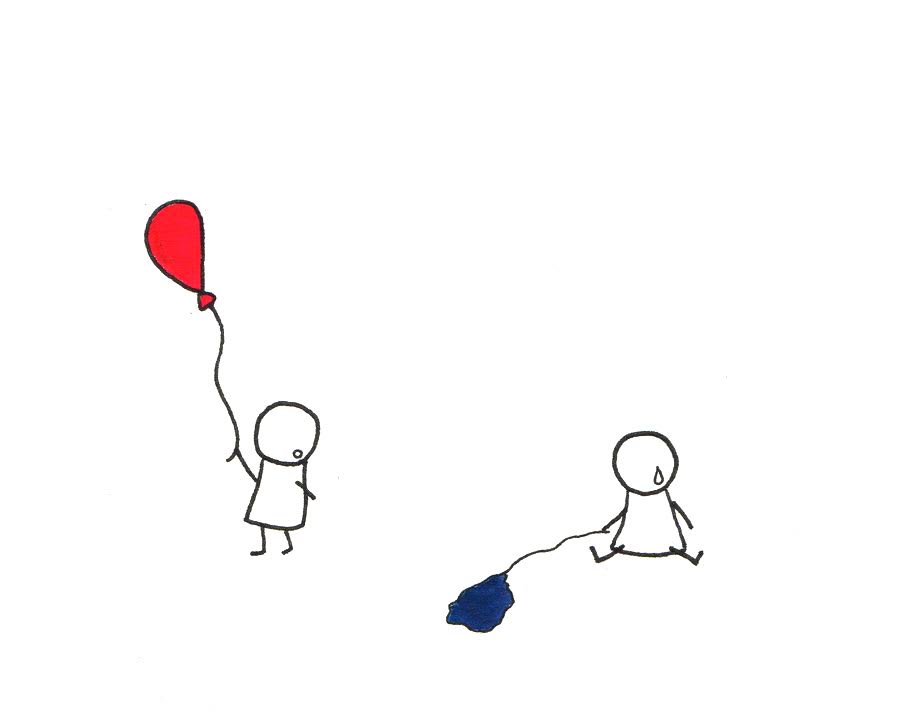Even by orchid standards, this new native species is exceedingly elegant
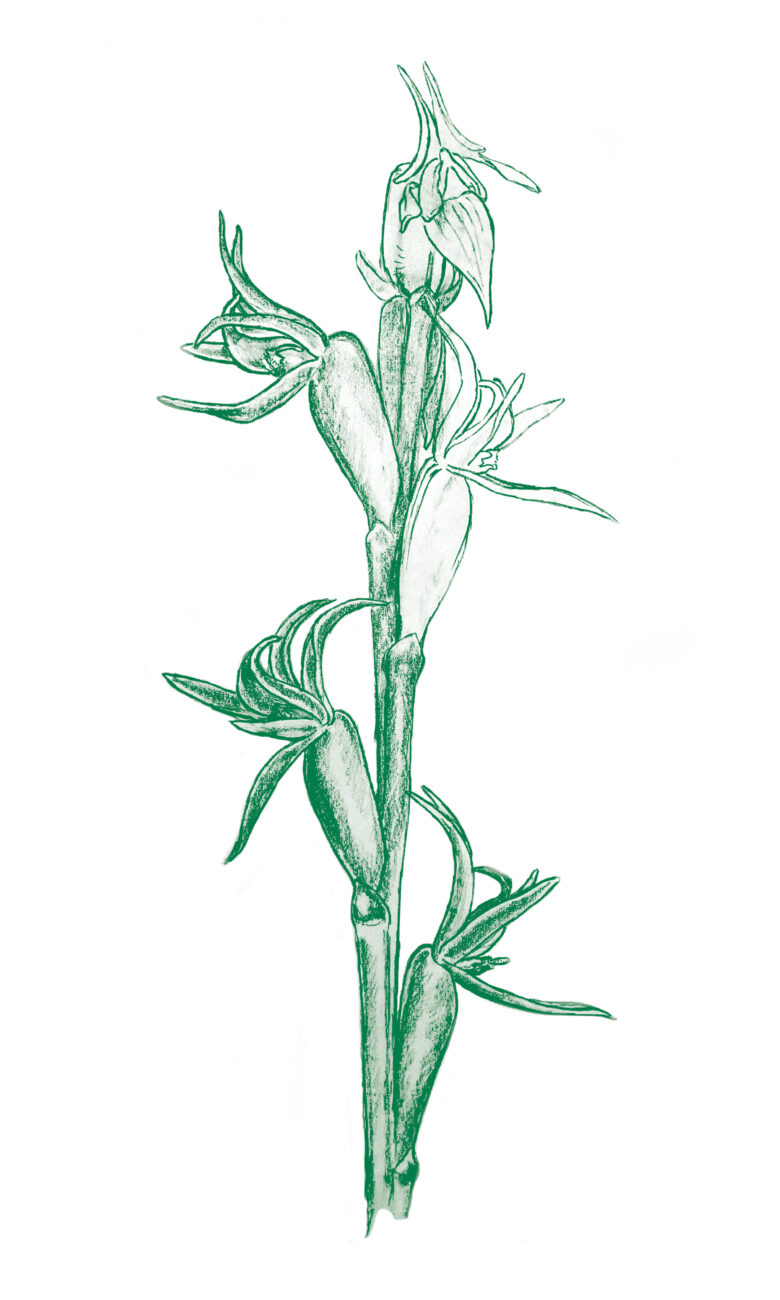
Orchids are everywhere. New Zealand has well over 100 species; worldwide there are tens of thousands. “The only places where you don’t see orchids are in the Earth’s deserts and Antarctica,” says Carlos Lehnebach, an orchid botanist at Te Papa.
Also, we’re obsessed with them. “There are a lot of people who are nutty about orchids,” says Lehnebach’s colleague, evolutionary biologist Lara Shepherd. We love their vast range of flower colours and shapes, their collectability, and their bizarre pollination strategies (a whiff of carrion, anyone?)
Yet orchids can still surprise us. In December 2020, when Shepherd sent Lehnebach a photo of a common leek orchid she’d found in Taranaki, he thought, “Woah, that’s a weirdo orchid.” Closer inspection—and Shepherd’s DNA analysis of a tiny chunk of leaf—revealed it was an entirely different species.
“The sepals and petals are longer and more elegant, and it’s a slender plant,” he says. “The common leek orchid is a little bit chunkier, stockier, and the petals are shorter.”
To fully describe the species, the scientists combed through dried herbarium specimens, century-old accounts from naturalists, and the intricate drawings of Bruce Irwin, a botanical illustrator and orchid lover who died in 2012. (His sketch at right was originally made in pencil; we’ve colourised it.)
The diversity of the native leek orchids hadn’t escaped Irwin; he described this one as “slender and elegant”. In a nod to him, Lehnebach and Shepherd named their new weirdo Prasophyllum elegantissimum, or the extremely elegant leek orchid.
Does that make the common leek orchid graceless, next to its supermodel cousin? Lehnebach is loath to fat-shame any organism, he says. “It does make you think about why thin is associated with elegance.”
The new species is widespread—it’s been found from the Central North Island to Otago—but also rare, making up a tiny percentage of leek orchid specimens and iNaturalist records. “It has a preference for wetlands,” says Shepherd, “and New Zealand wetlands are so screwed up.”
More discoveries are coming. The pair are working through a list of 20 more potentially new native orchid species. But it’ll take years. “There aren’t enough botanists in the country, and it takes a lot of effort to formally describe a species,” says Lehnebach.





